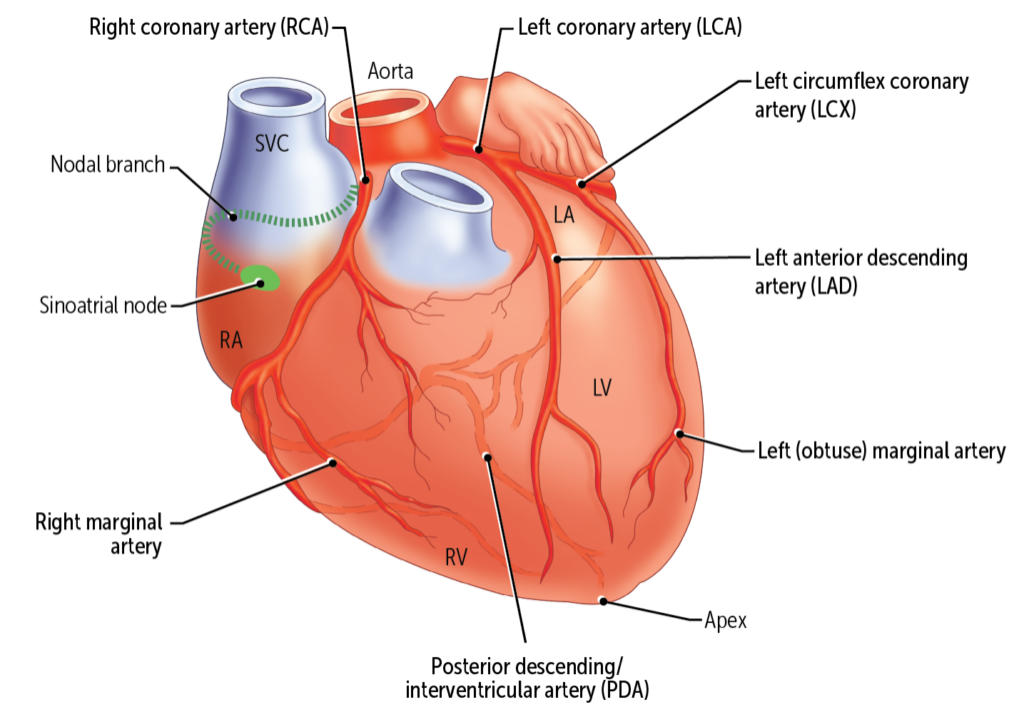You might have heard the term opiates. These are drugs like morphine, codeine, and thebaine that are found naturally in the opium poppy plant. Synthetic drugs like fentanyl and methadone that target the same receptors but are not found in the opium poppy are referred to as opioids. Opioids that are created by chemically modifying a naturally occurring opiate are referred to as semi-synthetic opioids. These include some of the most commonly used opioids, such as hydrocodone and oxycodone (modified thebaine) and even heroin (modified morphine).
Opioids are a class of drugs with many medicinal uses, including for analgesia (pain relief) and cough suppression, as adjuncts to general anesthesia, and as antidiarrheal medications. And perhaps counterintuitively, opioids can be used for the treatment of opioid dependence.
Opioid use disorders can be classified into opioid dependence or opioid withdrawal. Opioid use disorders that are not addressed can cause many social and personal problems, ranging from a lack of personal hygiene to homelessness, along with domestic disputes, poverty, and increased rates of crime.
After listening to this AudioBrick, you should be able to:
- Describe the etiology and epidemiology for opioid use disorders.
- List the most commonly used opioids in the United States and their associated potency, delivery method, and long-term effects.
- Describe the DSM–5 diagnostic features and criteria for opioid use disorders as well as the effects on the body.
- Describe the evidence-based assessments and treatment approaches for opioid use disorders.
If you haven’t subscribed to the Rx Bricks Podcast, we suggest you do it today!
Head to the homepage for the Rx Bricks Podcast to hear the full episode and subscribe so that you’re notified when the next one drops.



